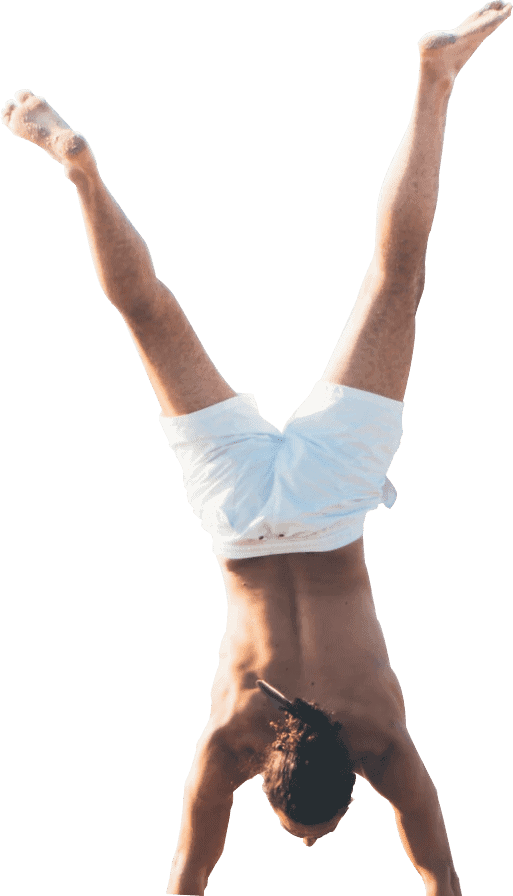Monica Wright
Lower back pain is one of the most common physical ailments that affects almost all people. The lumbar region of the spine, most commonly referred to as the ‘lower back’, is made up of the last 5 vertebrae of the spine just above the pelvis and the soft tissue that controls the movement and connects the vertebrae.
The intervertebral discs sit between the vertebrae and assist in acting as a cushion and shock absorber. The vertebrae and discs encase the spinal cord and within the lumbar region there are spinal nerves that exit the spinal cord at the each vertebral level to supply the sensory and motor nerves of the lower limbs.
The injury explained
Lower back pain is a complex condition as there are varying degrees of severity. This injury can range from an acute strain to a chronic condition. There is often not one particular structure that is affected but can often be described as non-specific in the nature that it is generally a multiple structures and factors that contribute to the injury.
Causes
The most common causes of pain in the lower back can be:
- An acute joint sprain or ‘locked joint’
- Degenerative joint disease such as osteoarthritis
- Intervertebral disc strain, which is often causes by repetitive loading through the disc
- Postural dysfunction during active tasks at work or sedentary postures such as sitting
- Biomechanical which is the way we move and co-ordinate our muscles during movement.
Diagnosis
Each of the above causes can present with very different symptoms. The most effective way to overcome lower back pain is by having your injury diagnosed and explained so it can be managed correctly for the best possible outcome. Physiotherapists can assess your particular injury and provide you with both hands on treatment and a management plan to assist in your recovery.
Pain management
Lower back pain can be debilitating in its very acute and also chronic stages. At any stage of your injury there are various ways to help manage your pain.
- Firstly medicinal pain relievers and anti-inflammatories can be effective to not only dull your symptoms but can also have a positive effect to reduce muscle spasm however, always take medications as directed by your doctor or pharmacist.
- The use of heat on the area of pain can also help reduce muscle spasm through the use of a heat pack, heated creams (i.e. Dencorub) or a warm shower/bath.
- Active rehabilitation is a very effective component of pain management. Gentle mobility exercises and stretches can assist in almost all conditions however please check with your physiotherapist as to which exercises will benefit your condition.
- Coupling the stretches with some gentle general exercise such as walking is effective at reducing the injury symptoms
- Hydrotherapy, where you perform gentle exercise within a heated pool, is also a great tool to reduce pain and assist in your injury recovery.
